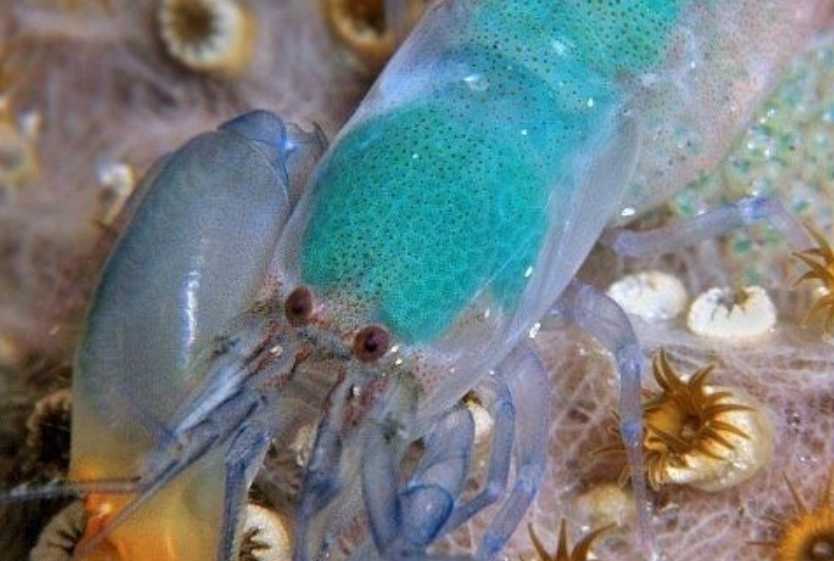The pistol shrimp’s defining feature is its oversized, asymmetrical claw, which can grow up to half the length of its body. This claw functions like a piston:
- A hinged "dactyl" (finger) slides into a socket, building up pressure. When released, it fires a high-velocity jet of water, creating a cavitation bubble.
- The collapsing bubble generates a shockwave reaching 210 decibels—louder than a gunshot—capable of stunning prey, breaking glass, or even interfering with sonar equipment.
- The process happens in just 3 milliseconds, with the bubble’s interior briefly reaching temperatures near 4,700°C (similar to the sun’s surface), though this is short-lived.
Pistol shrimp typically live in burrows on the ocean floor, often in partnership with goby fish. The goby acts as a lookout, warning the shrimp of approaching predators, while the shrimp maintains the burrow. These social shrimp are also known for their:
- Diet: Feeding on small fish, crustaceans, and organic matter stunned by their sonic blasts.
- Communication: Using clicks and snaps not only for hunting but also to communicate with colony members in species like Synalpheus.
- Regeneration: If the pistol claw is lost, it can regrow as a smaller, functional claw, while the other claw may evolve into a new pistol claw.
In marine ecosystems, pistol shrimp play a role in aerating sediments and controlling prey populations. Their unique ability has inspired researchers in:
- Sonar and Underwater Acoustics: Studying how they minimize self-damage from their own blasts.
- Cavitation Research: Insights into bubble dynamics for medical technologies or underwater propulsion.
While not endangered, they face threats from coastal pollution and habitat destruction. Their incredible adaptation serves as a reminder of the ocean’s hidden wonders—proof that even tiny creatures can wield extraordinary power in the world’s waters.

